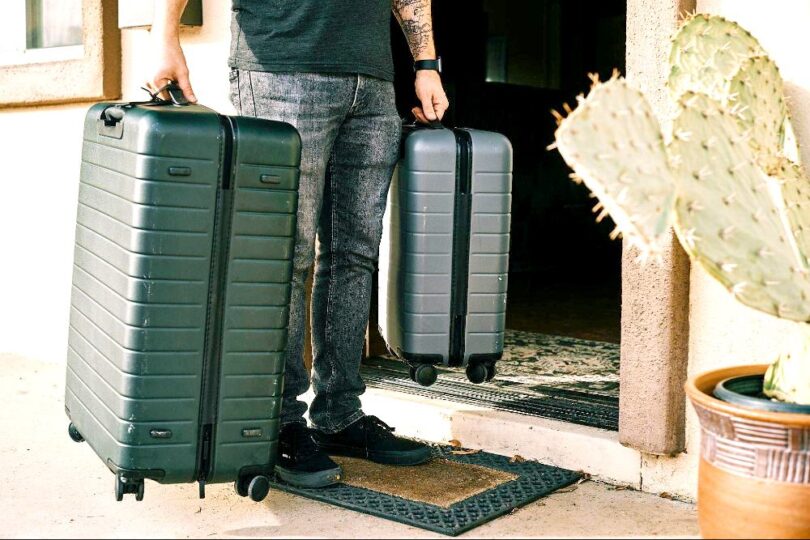Traveling on its own can be a major headache, and when you add your DJ equipment to the mix, the stress levels can skyrocket. If this is your first time traveling with your equipment, do not be afraid. This article will guide you on what to expect and how to navigate any roadblocks you face on the way.
Check Travel Requirements
The first thing you should do before you travel is to do your research and check both the destination and airline requirements. This will let you know the weight and size limits for your carry-on and checked luggage and inform your packing decisions. This will also help you know if you may need to pay any extra costs and include it in the travel expenses you should not forget to budget for.
Some airlines give you the option of buying an extra seat if you have large equipment. If you get this option, consider it, especially if you are planning on carrying your equipment as opposed to checking it in. You can find these requirements on the airline, airport, or embassy website, since each may have different rules for domestic and international flights.
Confirm what travel documents are needed and make sure you have the necessary documents before your travel date.
If you find the requirements too confusing or demanding, you may opt to ship the equipment using a shipping service such as UPS. They will probably be more careful when handling your equipment. Ensure that you ship the equipment early to avoid any delays.
Make a Checklist
Only carry what you will need. This applies to your equipment as well. Create a checklist to ensure that you have the necessary items and that nothing is left behind. The equipment you will carry will depend on your DJ setup, which you can read more about here.
If you are traveling abroad, check to see what type of plugs are used in the country.
How to Pack
When you travel, there is always the fear that your baggage will be mishandled and your equipment damaged. However, how you pack your luggage can determine whether or not your equipment will arrive safely on the other side.
As mentioned earlier, you will need to confirm what equipment will be your carry-on luggage or will have to be checked in. Each airline has its own weight and size limits, and you will need to adhere to those rules.
Furthermore, each piece of equipment is different, and this affects how you pack it.
DJ controller. The DJ controller is your most-priced possession and will need to be encased. A hard case is best as it protects the controller better.
If you would like to carry it with you, make sure that it is within the recommended weight and size for a carry-on. Make sure it is also encased, even if it is in a padded soft case.
If you are stopped for a security check, do not panic. Security is just doing its job and trying to ensure that you are not carrying any explosives.
- Mixer. You do not need to carry a mixer when you travel, but if you do, wrap it as well and put it in a box or case. Security may also require you to remove it so that they can scan it properly.
- Speakers. If your speakers are going as luggage, you wrap them in a cellophane and box them up. If you can, make sure that they are in an upright position. If not, place them in a face-up position. Any small mishap can damage your speakers and reduce the quality of your speakers’ sound.
- Laptop. Your laptop is also easy to carry with you. You can put it in your hand luggage.
- Headphones. You can easily travel with these in your carry-on bag or wear them. However, if you choose to put them with the rest of the equipment, wrap them in bubble wrap first and place them in the middle to prevent any pushing around.
- Cables. Do not leave your cables attached to the equipment. Wrap them up in a circular shape to avoid tagging them and destroying the wires on the inside. Tie them with gear ties and place them in a transparent bag to avoid confusion with security.
Keep Time
No one would like to miss their flight. To avoid this, ensure that you give yourself more than enough time in case your luggage needs to be checked. If you check the guidelines, you will know what is needed beforehand and plan accordingly.
Insure Your Equipment
Just like you would get travel insurance for yourself, get one for your equipment as well. Your equipment is an investment and needs to be protected. Insuring your equipment will give you peace of mind to know that if anything happens, you will be compensated.
Finally
Though traveling with your equipment may be hectic, planning yourself and following the regulations will make the process easier. Read any fine print to know what is or isn’t allowed. Be open-minded, and as mentioned, do not panic if security stops.
You can also photograph your equipment just in case something gets lost in the process.








